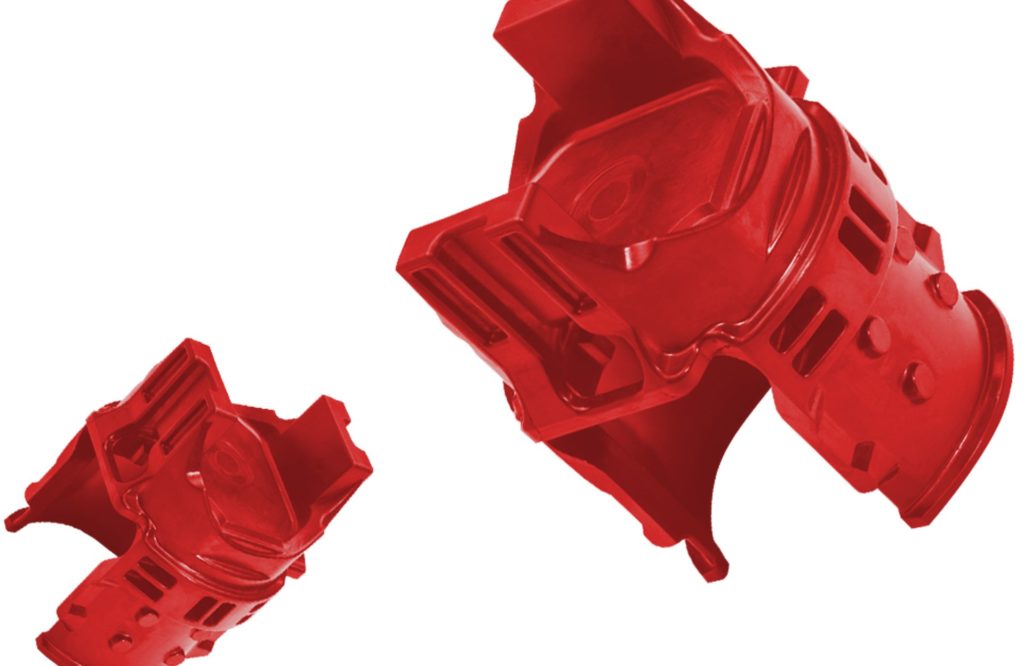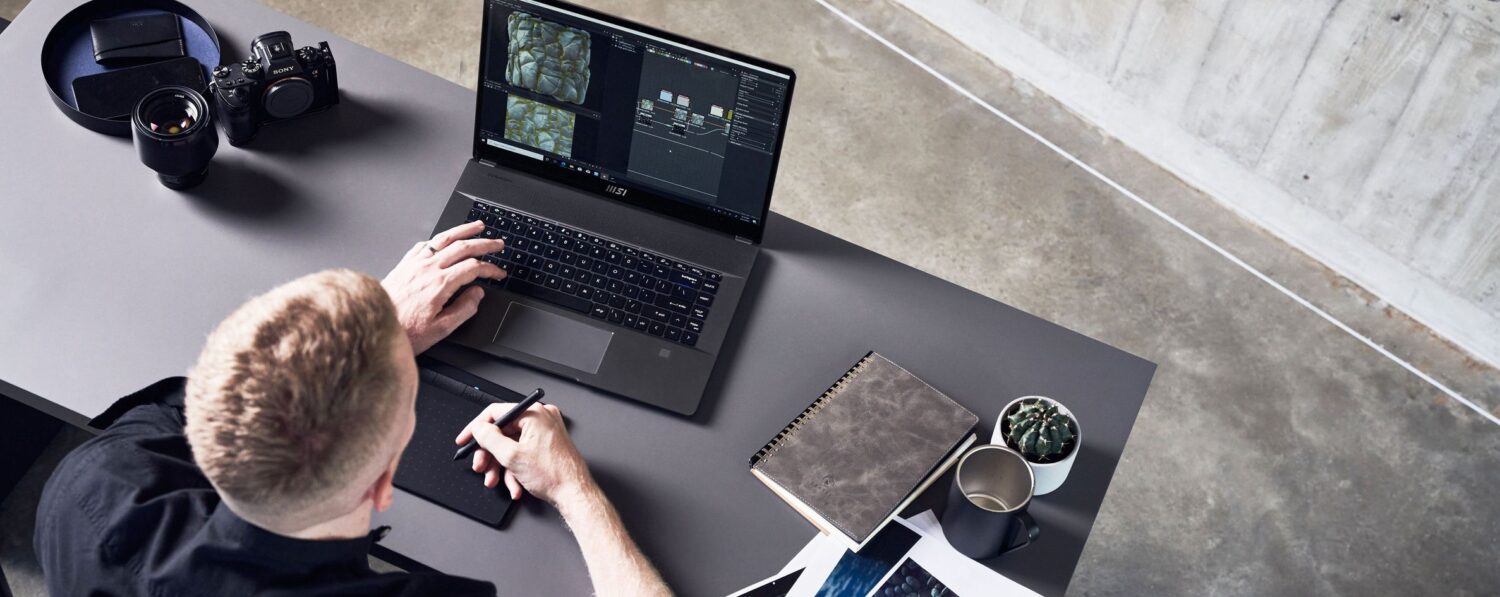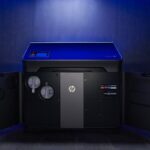

Additive manufacturing (AM) provides product designers and engineers a high degree of geometric freedom. However, compared to injection molding, the material selection available in AM is incredibly limited. There are a few manufacturers of 3D printing equipment and materials looking to combine the material freedom of casting and molding with the geometric freedom of additive manufacturing. 3D printing molds with complex geometries means cutting down delivery times compared to traditional aluminum or steel inserts. It also means that product design teams can easily alter molds with complex geometries compared to traditional methodology.
Using a hybrid approach seems like a good idea. 3D printing molds and mold inserts with durable polymer material to withstand many repeated filling cycles is a good idea for manufacturers that use thermoplastic injection molding to create large numbers of identical components. However, injection materials require specific heat, pressure and can be highly abrasive composites with glass fiber and metal powders. Drafts, parting lines and the requirement that the molds be separated after each filling damper the geometric freedom afforded by additive manufacturing to almost nil. If an injection molded part requires a certain degree of softness or brittleness, or it requires pulls, sliders or moveable core mechanisms for highly complex geometries, a 3D printed polymer mold or mold insert will break down or suffer damage.
To get around the challenges presented by 3D printed polymer molds, a few companies 3D print sacrificial molds. The advantage of injection filling into 3D printing sacrificial molds, which are meant to be taken apart or dissolved in water soluble material, is that product design teams can manufacture objects with complicated geometries without parting lines that otherwise could not be produced by injection molding.
There are currently about three companies that offer a technology for 3D printing sacrificial molds for injection molding. Mitsubishi Chemical Advanced Materials (MCAM), AddiFab, and the possibly-defunct Collider employ different processes in their technologies: Thermoplastic material is used to fill 3D printed sacrificial molds by means of gravity pouring or lower-pressure injection. The thermoplastic material used in these cases takes longer to set, cure, and solidify compared to typical thermoplastic materials used to fill injection molds.

In fact, MCAM’s SPRINT (Soluble PRinted INjection Tooling) technology involves AddiFab’s Freeform Injection Molding (FIM) process. MCAM side recently partnered with the aforementioned AddiFab for a pilot services program using the startup’s take on sacrificial, 3D printed injection molding. MCAM SPRINT includes 3D printing, machining, FIM, and injection molding to handle a wide range of plastic prototyping needs. With SPRINT, customers are able to develop functional prototypes in just a few days. The sacrificial mold is 3D printed with a water-soluble resin, which allows for rapid injection molding of functional parts in a chosen polymer. The water-soluble resin is washed away, leaving only the prototype part. Along with simulations in powerful 3D software, customers can test real world designs and make changes rapidly compared to traditional injection molding processes.
Recently. Wevolver announced a partnership with Mitsubishi Chemical Advanced Materials to launch the KyronMAX Design Challenge. The winner of the challenge will take home $25,000 worth of manufacturing services and support to turn their prototype design into a product ready for a market launch.
Designers, engineers, and makers from across the globe can submit their ideas that leverage the KyronMAX carbon fiber composite materials, as well as the KyronMAX platform, which allows product design teams to create prototypes in days rather than weeks in batch sizes that range from 1-10,000 products.
The winner of the challenge will have to submit a convincing design proposal for a product that cannot be manufactured using traditional materials and processes. Along with $25,000, the winner receives support from the KyronMAX team who will help them with selecting materials, part design, testing and production of a functioning prototype using MCAM’s SPRINT technology. The KyronMAX team will also help the winner setup a scalable production plan and an assessment of its sustainability and recyclability to ideally create no waste.
To learn more about the KyronMAX Challenge and sign up, click here.
When it comes to 3D real estate visualization in the USA, our service provides the perfect solution for bringing property listings to life. Through our platform, you can easily access cutting-edge 3D renderings that showcase your real estate projects in a way that attracts potential buyers and investors. Whether it's residential, commercial, or mixed-use properties, our team of experts uses advanced technology to create immersive visualizations that highlight the best features of your property, making it easier for clients to imagine the space as their own.
Through our website, you can quickly get high-quality 3D real estate visualizations that are tailored to your specific needs. With our help, you'll stand out in the competitive real estate market by offering potential buyers a realistic, interactive view of your property. Our efficient process ensures a fast turnaround time, while our attention to detail guarantees that every aspect of the property is represented accurately, giving you a powerful marketing tool to promote your real estate listings.






